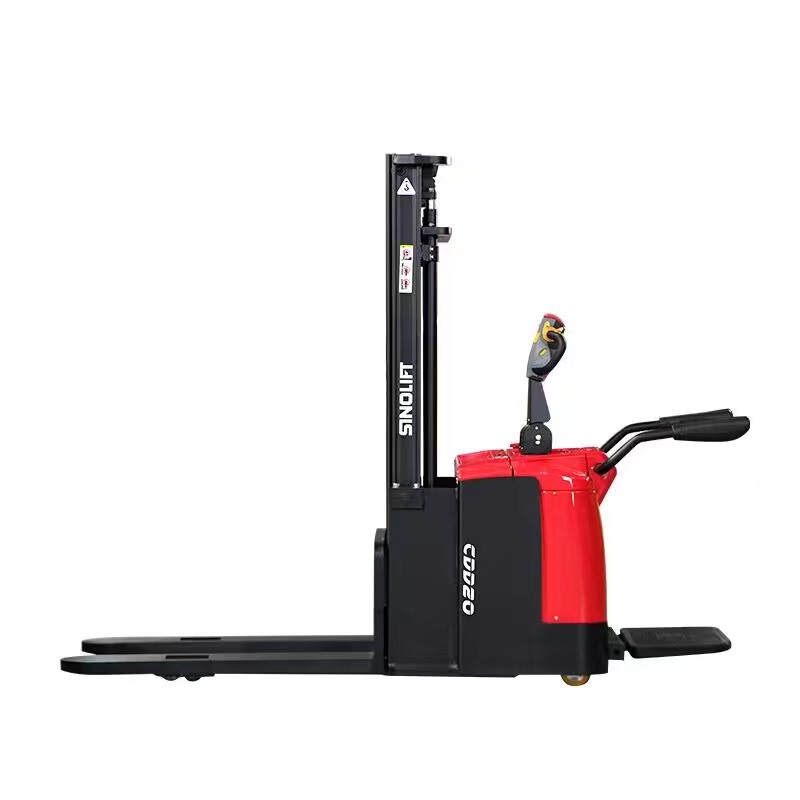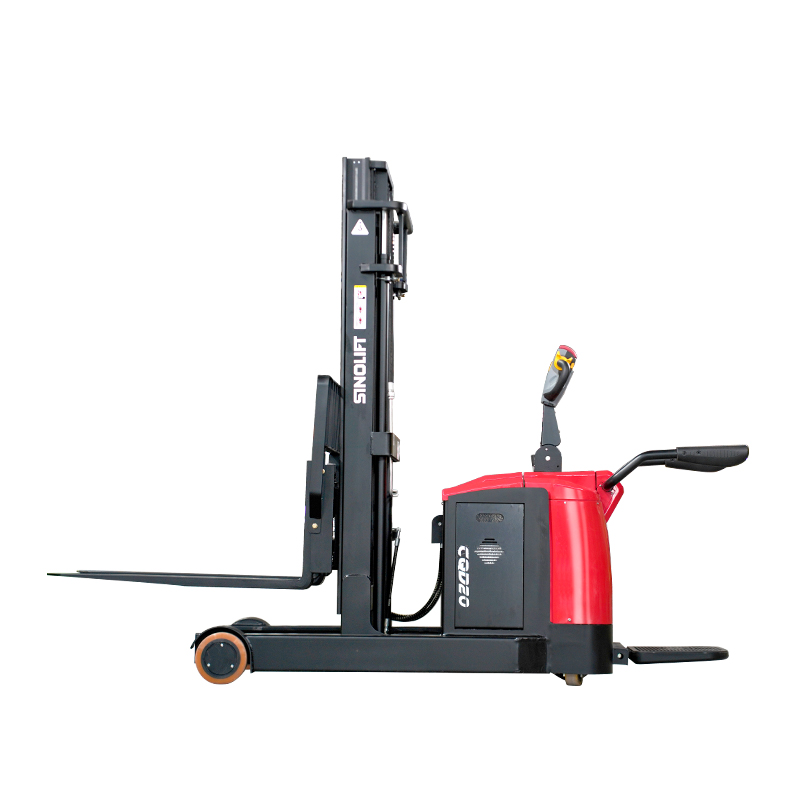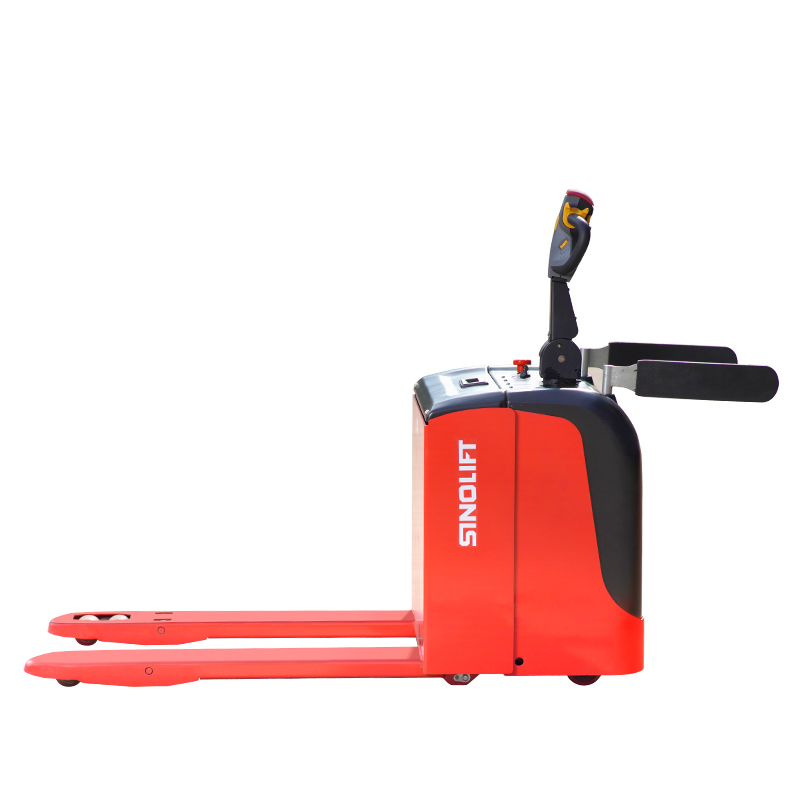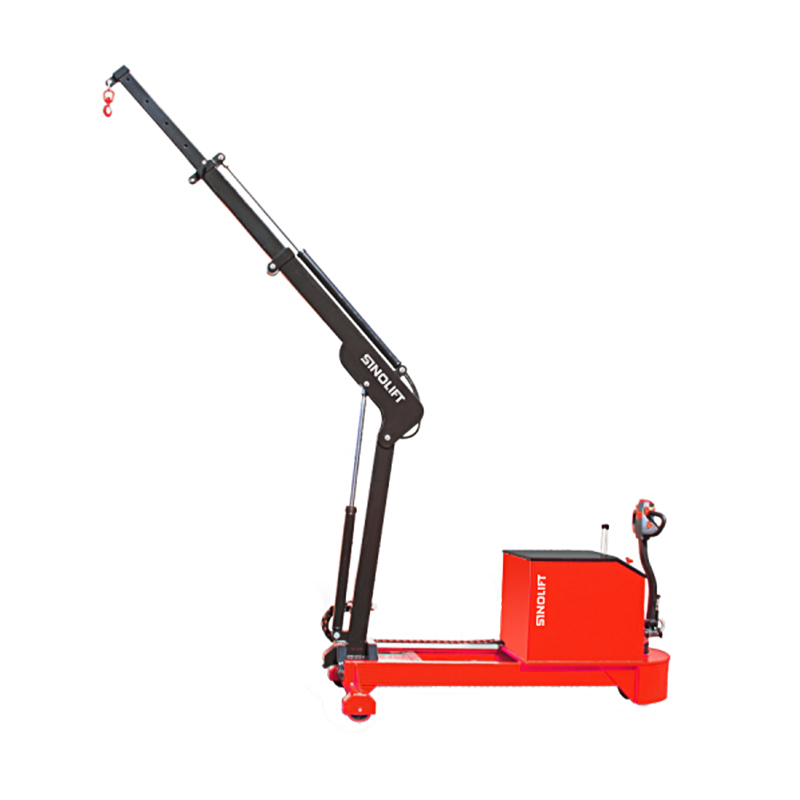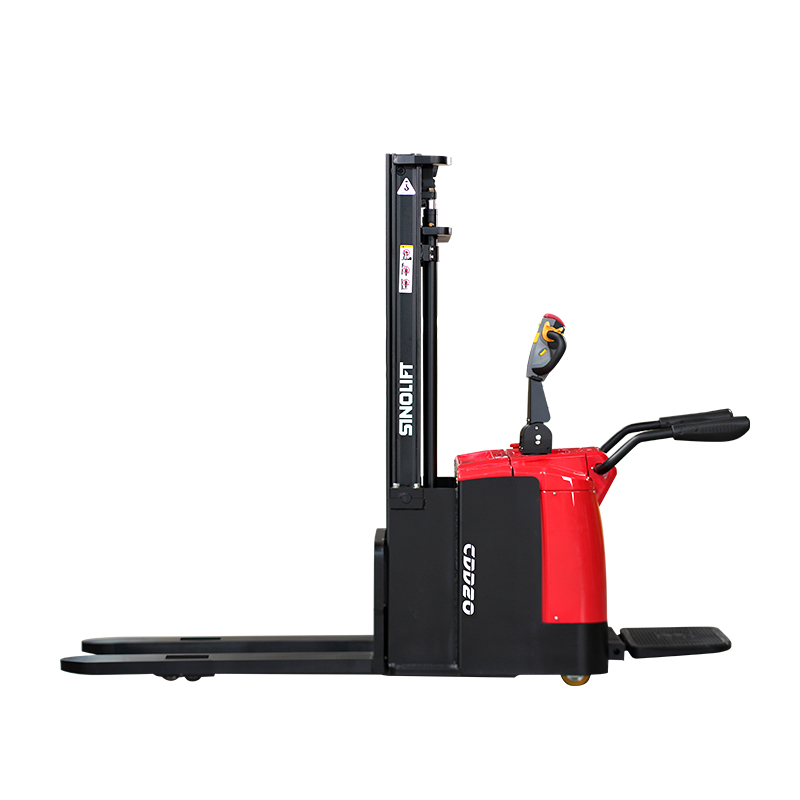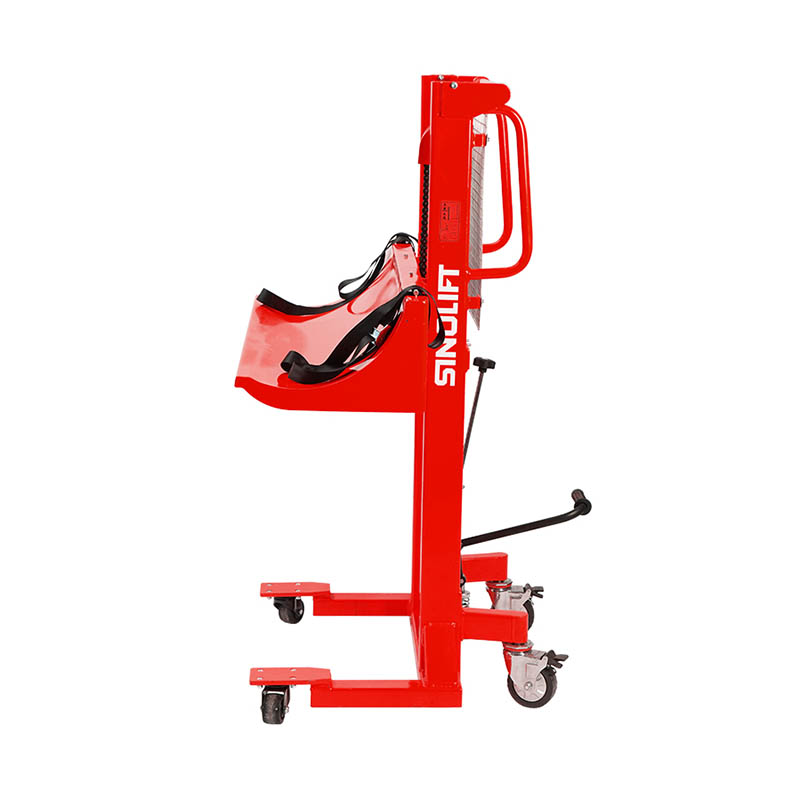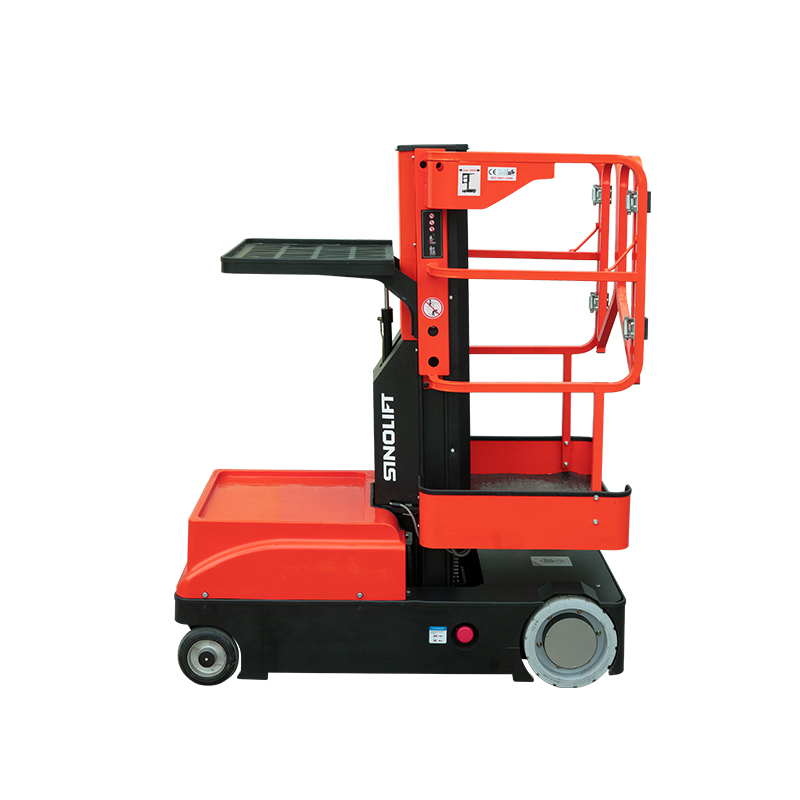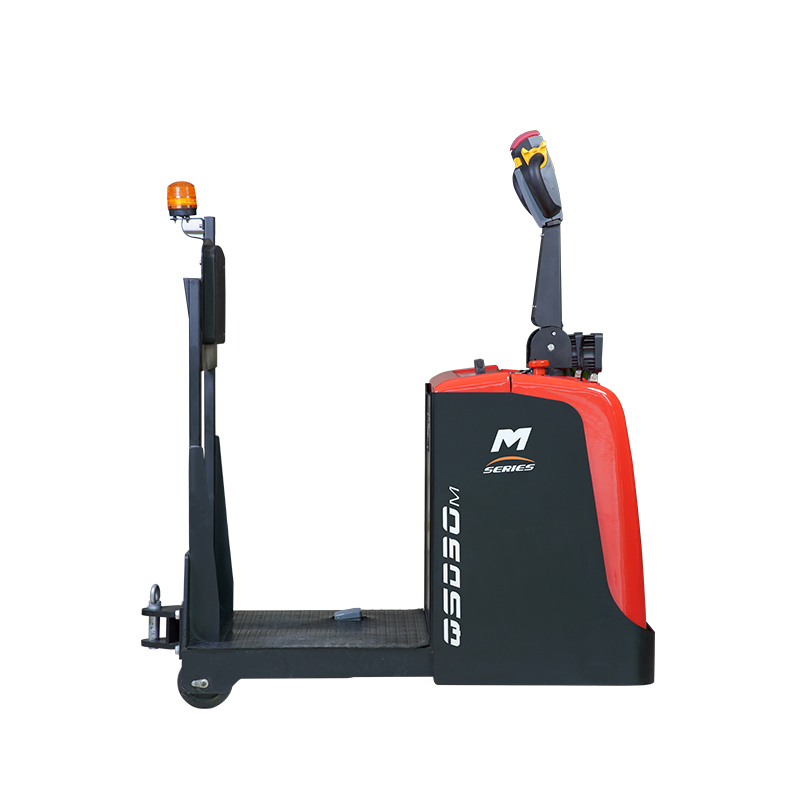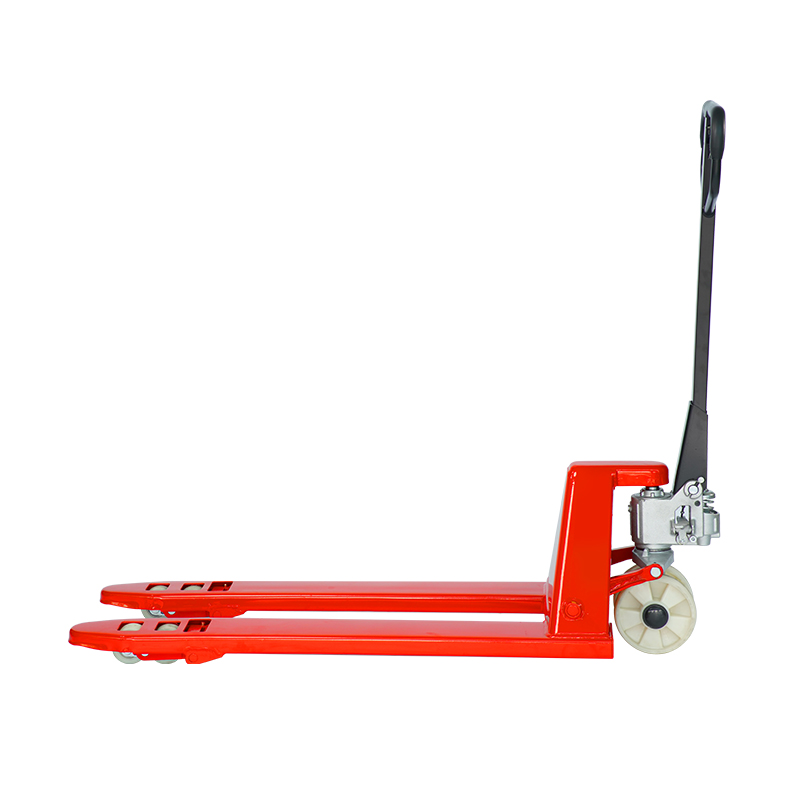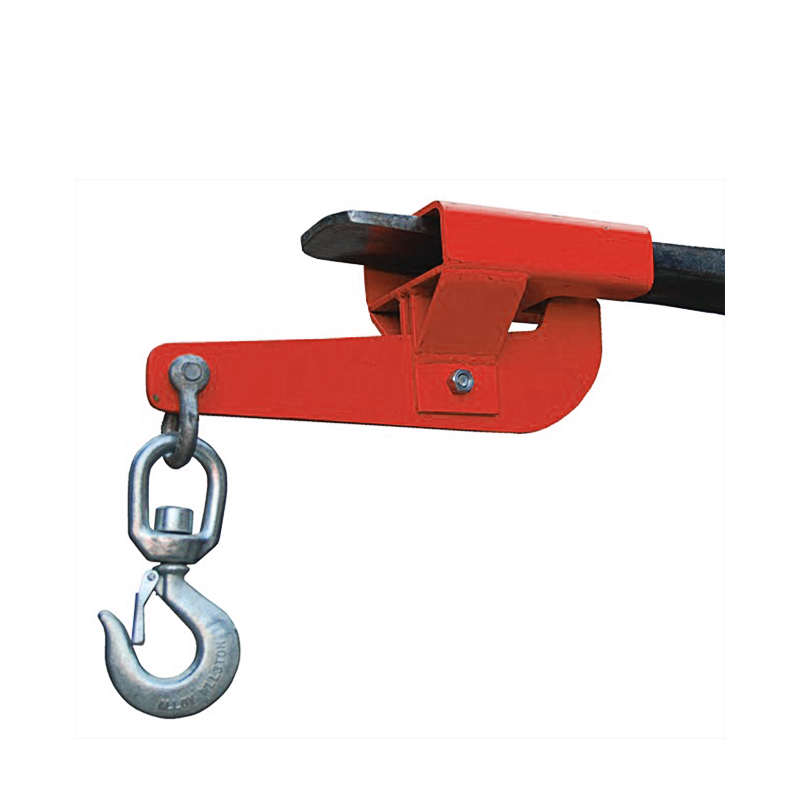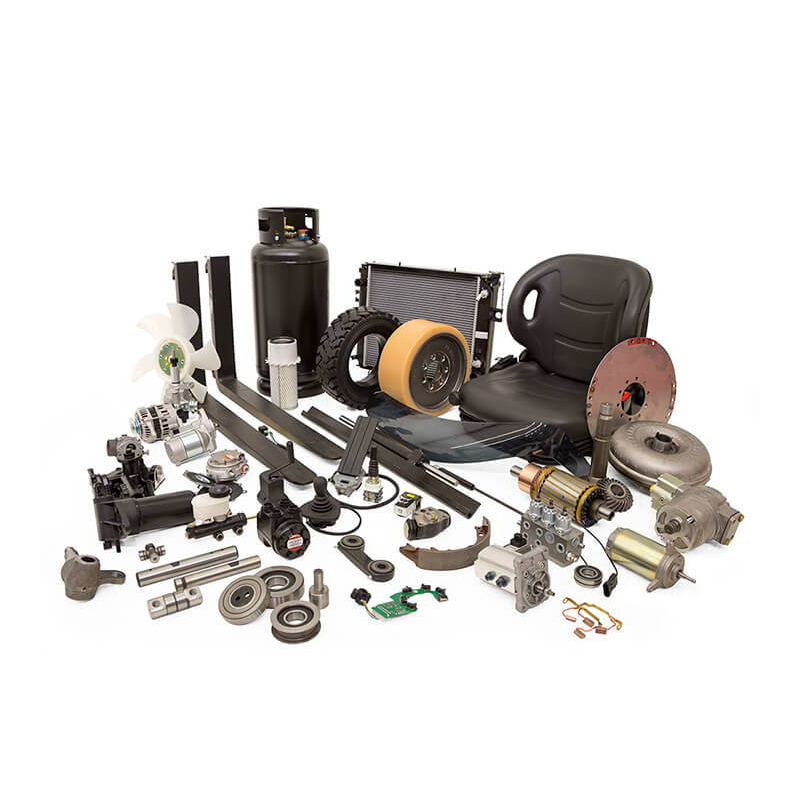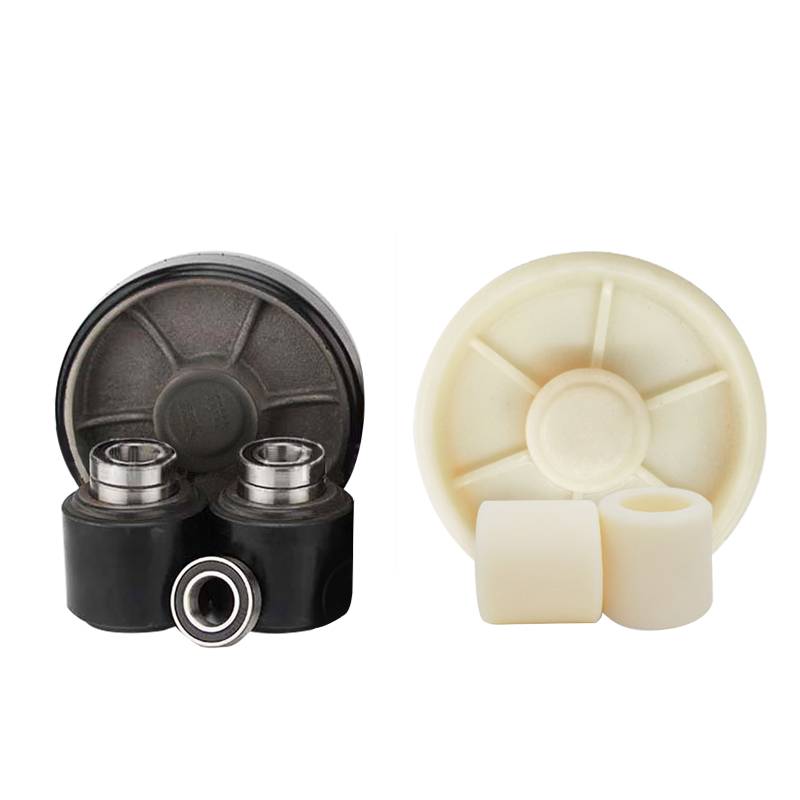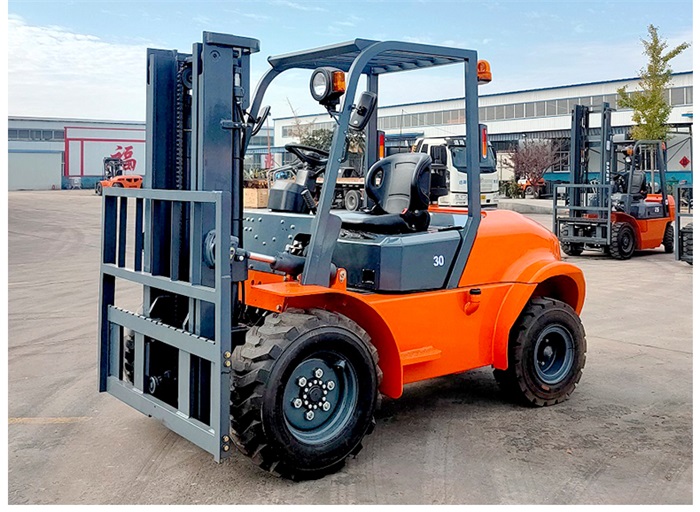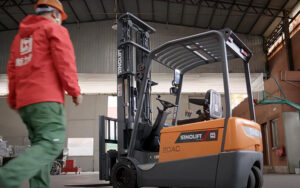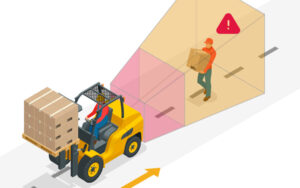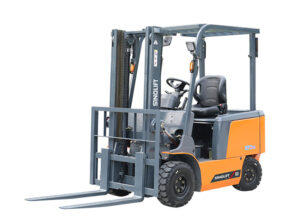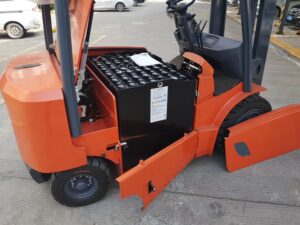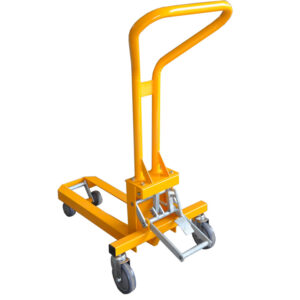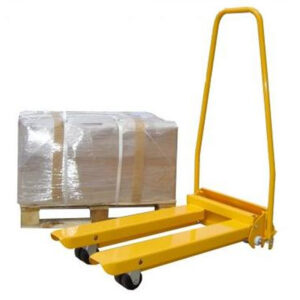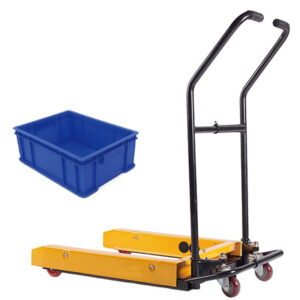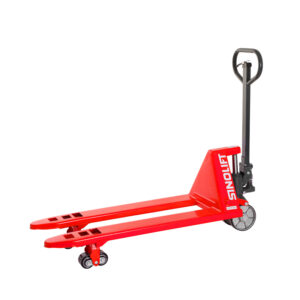There was a time when there wasn’t even a question about which type of forklift you should choose to use in your warehouse or facility. Gas-powered forklifts were the go-to for every business needing help moving materials around the job site. Then electric-powered forklifts became available, and these new machines offered an alternative to gas.
If your company is looking to purchase or rent a forklift, should you choose an electric or gas forklift? Both types of material handling equipment offer advantages and disadvantages. You must understand the whole picture, so you can select the right tool for your operations.
Gas-Powered Forklifts
Whether you need to move heavy materials around your facility or load goods onto trucks, gas-powered forklifts can be quite valuable. These forklifts operate with internal combustion engines (ICE) that can use different types of gas to function. You can use liquid petroleum gas, compressed natural gas, gasoline or diesel.
If you’re looking for a capable forklift to help you keep up with your everyday operations, a gas forklift might be for you. Some advantages to this type of equipment include:
· Cost-effective: Upfront costs for these gas-powered machines are around 10% to 15% lower than electric forklifts. Replacement parts are far more common and easier to find, while maintenance costs are more affordable.
· Adaptable: Gas-powered forklifts are ideal in outdoor environments, particularly on rough terrain where rugged strength is needed to move heavy materials. Because of their design and build, these machines can be used day or night and can withstand harsh, wet and dirty conditions.
· Workhorse: Gas forklifts produce more torque than their electric counterparts. This strength enables them to move heavier loads, accelerate quickly and maneuver easily. These machines are designed with powerful engines suitable for towing and are ready to start working at a moment’s notice.
On the other side of the coin, this type of material handling machinery has some drawbacks you should consider before you rent or purchase:
· Pollution: These forklifts burn fossil fuels, creating dangerous exhaust fumes and increasing carbon monoxide emissions. Their large carbon footprint means these tools should be primarily used in outdoor environments.
· Maintenance: These forklifts comprise many moving parts and require routine repairs and maintenance to ensure efficient use. Chances of breakdowns and leaks increase through use over time, calling for more money spent on fixes and replacements.
· Gas costs: Your team can expect gas to power these machines for roughly eight hours before you need a refill. Constantly replenishing your fuel tank can quickly increase your facility’s annual costs.
Electric-Powered Forklifts
As technology has improved, electric forklifts have grown in popularity. These types of forklifts now make up 60% of the forklift market, which is likely due to their lower operating costs over their life span. Electric forklifts use batteries instead of ICEs, offering reduced fuel costs and greener working environments.
The benefits of electric-powered forklifts include:
· Less maintenance: Electric forklifts use an industrial battery and have longer useful lives of up to five years. With fewer functional components, you can expect to spend less time and money looking for replacements and needing repairs.
· Convenient use: Electric forklifts offer streamlined service and reduce the amount of noise throughout the warehouse. They are easy to maneuver, have good balance and are lighter than gas-powered machines, making them ideal for smaller spaces.
· Cleaner work environment: This environmentally-friendly equipment doesn’t burn fossil fuels to operate successfully. That means electric forklifts don’t emit harmful gases like carbon monoxide.
There are many advantages to choosing an electric vs. gas forklift in your facility. Despite the benefits, though, these machines also come with downsides, such as:
· Higher upfront costs: Electric forklifts tend to have higher upfront costs, and you will often need to purchase a battery and its charger separately.
· Increased downtime: With an electric forklift on the job, you may experience more downtime. Their batteries tend to work for up to eight hours, and then they require about the same amount of time to sit and charge. It’s essential to remember to charge after hours, or you may be left without a usable piece of equipment for some time. Fast-charging stations are available.
· Best suited for indoor use: Due to the wiring and electrical components, some forklifts have a difficult time in wet and damp conditions. If these parts get wet, it could cause severe damage. Electric forklifts are more productive on an even and level surface, making them best suited for indoor spaces.
How to Decide Which Is Right for You
If it’s time to upgrade or replace your company’s forklifts, you’ll have to decide which type of forklift is the most beneficial for your business. There is rarely a one-size-fits-all solution, as each business is unique and requires different characteristics from their material handling equipment. Consider costs, your environment, daily operations and what you’ll be using them for. At the end of the day, you need a forklift that will enhance your performance, whether it’s a gas or electric model.
It’s essential to weigh the advantages and disadvantages of each kind of forklift, determining which one offers more benefits for you than drawbacks. Evaluate your business operations and how each forklift type would be able to accomplish your required tasks. Ask yourself the following questions to help you choose:
· What is my budget?
· What materials do I need to handle?
· Will I be using the forklift indoors or outdoors?
· What does maintenance look like?
· How much are the associated costs?
· How many hours a week will the forklift be used?

